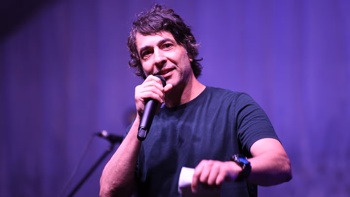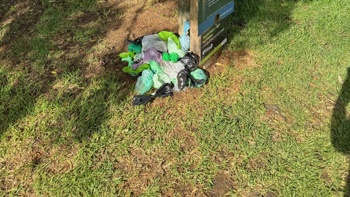Before the frost really sets in, you can still sow some peas. It may take a bit longer before they germinate, but they will eventually.
What you need is free-draining soils (peas don’t like wet feet) that is weed free, a little bit of general fertiliser or else a good dollop of compost around the rows, and perhaps add some potash (flowering and fruiting aid!)
You won’t need a great deal of nitrogen, as peas (and other leguminose species) have a wonderful beneficial relationship with bacteria that live in root nodules. These bacteria are able to collect nitrogen from the air and make it available to the host plants as nitrogen for “feeding” the plant; it creates the green matter (chlorophyll) used for photosynthesis.
Because it’ll take a while, birds may want to dig up the germinating succulent seedlings, so protect with netting and layers of fencing mesh over the rows. That same mesh will come in handy later on when the peas grow taller and need some support to “hang on to”
Often it may pay to create a higher “cling-on” layer of mesh when the plants go upwards.
In winter, slugs and snails will also be on the look-out for young, fresh plant material. The standard baits are probably the most efficient way to knock these molluscs on the head.
You will also need to watch out for pets, especially puppies/dogs, so construct some bait “stations” that are not easily entered by dogs.
Another good deterrent is to spray a deposit of copper spray (Champion copper or copper sulphate) around the plants: molluscs hate crossing these copper deposits.
Take your Radio, Podcasts and Music with you









